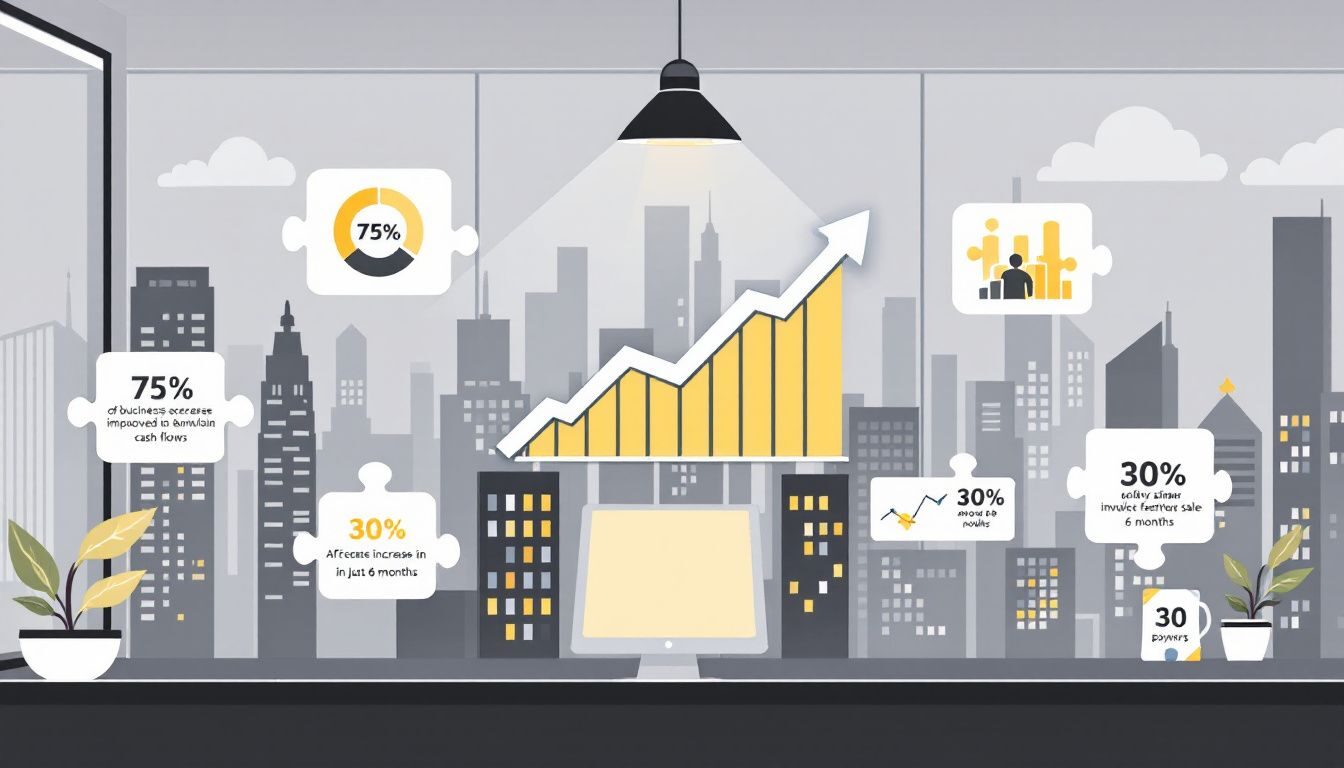In today’s fast-paced global economy, staying on top of rising commodities trends is crucial for investors, businesses, and policymakers alike. The commodities market is a dynamic and often unpredictable arena, influenced by a multitude of factors ranging from geopolitical tensions to environmental changes. Understanding the forces driving these key commodity updates can provide you with the essential market insights needed to make informed decisions in this ever-evolving landscape.
The Dynamics Behind Rising Commodities
Commodities are the backbone of the global economy, encompassing everything from oil and gas to metals and agricultural products. The value of these raw materials is determined by supply and demand, which can be influenced by a variety of factors including weather patterns, political events, and economic policies.
Supply Chain Disruptions
One of the most significant factors contributing to rising commodities trends is supply chain disruption. Over the past few years, we have witnessed unprecedented disruptions in the global supply chain due to events such as the COVID-19 pandemic, natural disasters, and geopolitical conflicts. These disruptions have led to shortages in key commodities like semiconductors, lumber, and agricultural products, driving up prices.
For instance, the global semiconductor shortage has not only impacted the tech industry but also led to delays in the production of automobiles, which in turn has driven up the cost of vehicles. Similarly, disruptions in the supply of lumber have led to increased costs in the construction industry, affecting everything from home prices to infrastructure projects.
Inflationary Pressures
Inflation is another significant driver behind the current market information on rising commodities. As central banks around the world continue to inject liquidity into the economy to combat the effects of the pandemic, inflationary pressures have been mounting. This has led to an increase in the prices of commodities, as higher costs of goods and services translate into higher input costs for businesses.
For example, the rising cost of oil, a key input for many industries, has been a major contributor to inflation. As transportation costs increase, so do the prices of goods that need to be shipped, resulting in higher prices for consumers. Additionally, inflation tends to drive investors towards commodities as a hedge, further increasing demand and prices.
Environmental Factors
Environmental factors also play a crucial role in shaping rising commodities trends. Climate change and extreme weather events have become increasingly common, disrupting agricultural production and leading to shortages in essential commodities like wheat, corn, and soybeans. Droughts, floods, and wildfires can devastate crop yields, leading to increased prices and volatility in the market.
Moreover, the transition towards greener energy sources is driving demand for certain commodities, such as lithium and cobalt, which are essential for the production of batteries used in electric vehicles. As governments around the world implement policies aimed at reducing carbon emissions, the demand for these commodities is expected to rise, pushing prices higher.
Key Commodity Updates to Watch
As we navigate through these turbulent times, it’s essential to keep an eye on key commodity updates that could impact the market. Here are a few commodities that are currently making headlines:
1. Oil
Oil prices have been on the rise as the global economy recovers from the pandemic. However, with OPEC+ struggling to reach agreements on production levels, and ongoing geopolitical tensions in key oil-producing regions, the future of oil prices remains uncertain. Investors should closely monitor developments in this space, as fluctuations in oil prices can have far-reaching implications across various sectors.
2. Gold
Gold has traditionally been seen as a safe haven asset during times of economic uncertainty. With inflationary pressures mounting and concerns about the stability of the global financial system, gold prices have been rising. However, the strength of the U.S. dollar and changes in interest rates could impact gold’s trajectory, making it a commodity to watch closely.
3. Agricultural Products
Agricultural commodities have been particularly volatile in recent years, driven by extreme weather events and supply chain disruptions. Wheat, corn, and soybeans are among the most affected, with prices fluctuating based on weather conditions and global demand. As climate change continues to impact agricultural production, these commodities are likely to remain in focus.
4. Metals
The push towards renewable energy and electric vehicles is driving demand for metals like lithium, cobalt, and copper. These metals are essential for the production of batteries and other components used in green technology. As the world moves towards a more sustainable future, the demand for these metals is expected to increase, making them a key area of focus for investors.
Navigating the Future
Understanding the forces behind rising commodities trends is essential for anyone looking to navigate the complex world of commodities investing. By staying informed about current market information and key commodity updates, you can make strategic decisions that will help you capitalize on opportunities and mitigate risks in this volatile market.
As we move forward, it’s clear that the commodities market will continue to be shaped by a myriad of factors, from supply chain disruptions to environmental changes. Keeping a close eye on these developments will be crucial for staying ahead in this fast-paced and ever-changing landscape.

